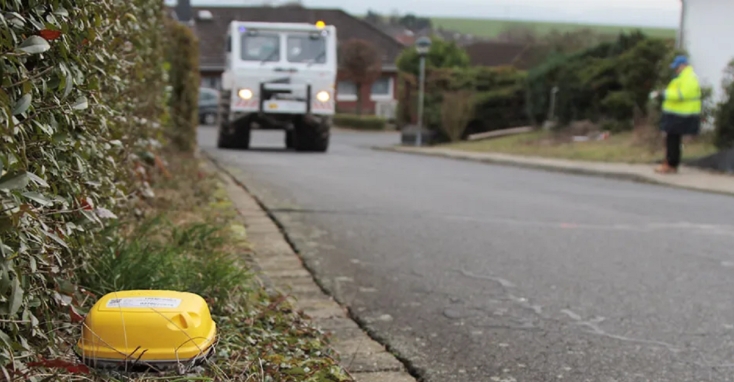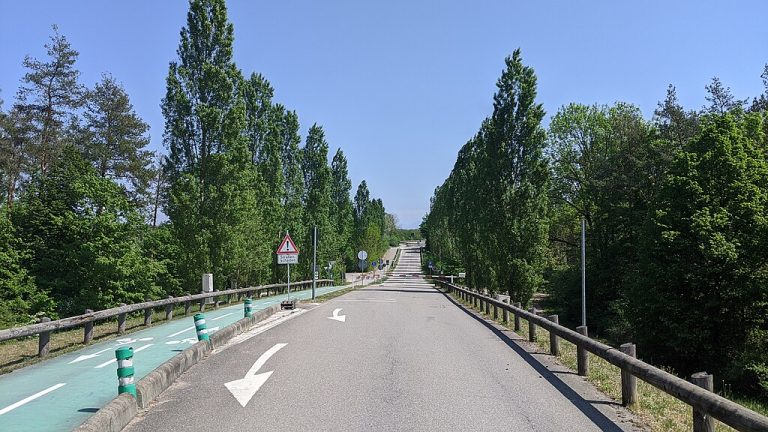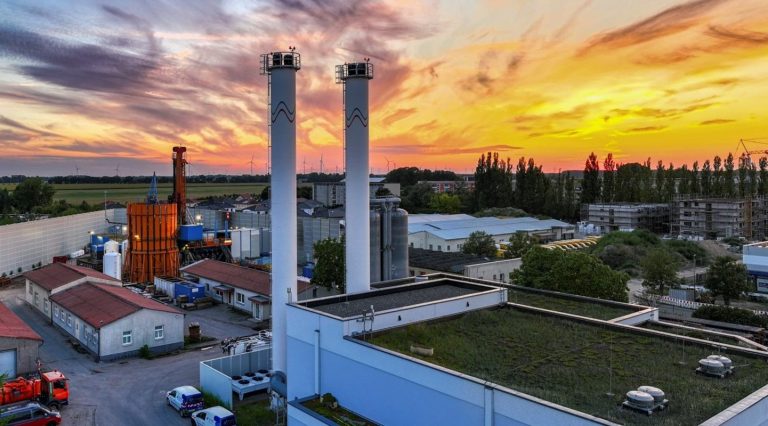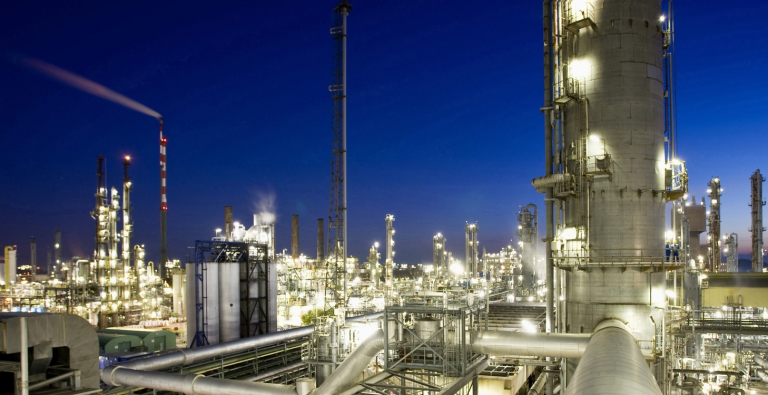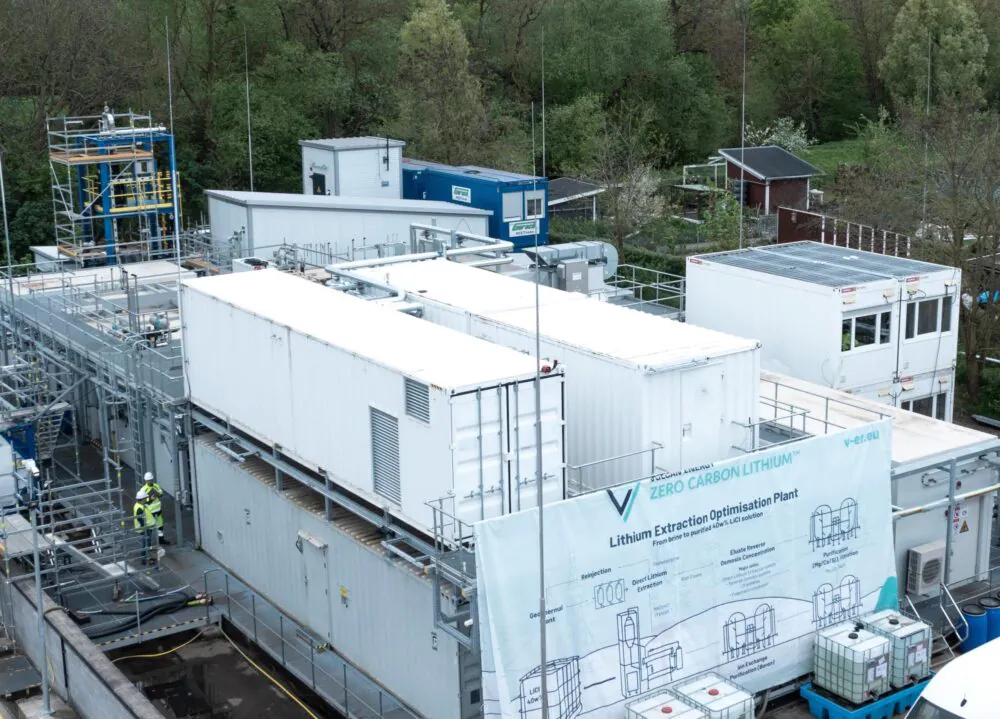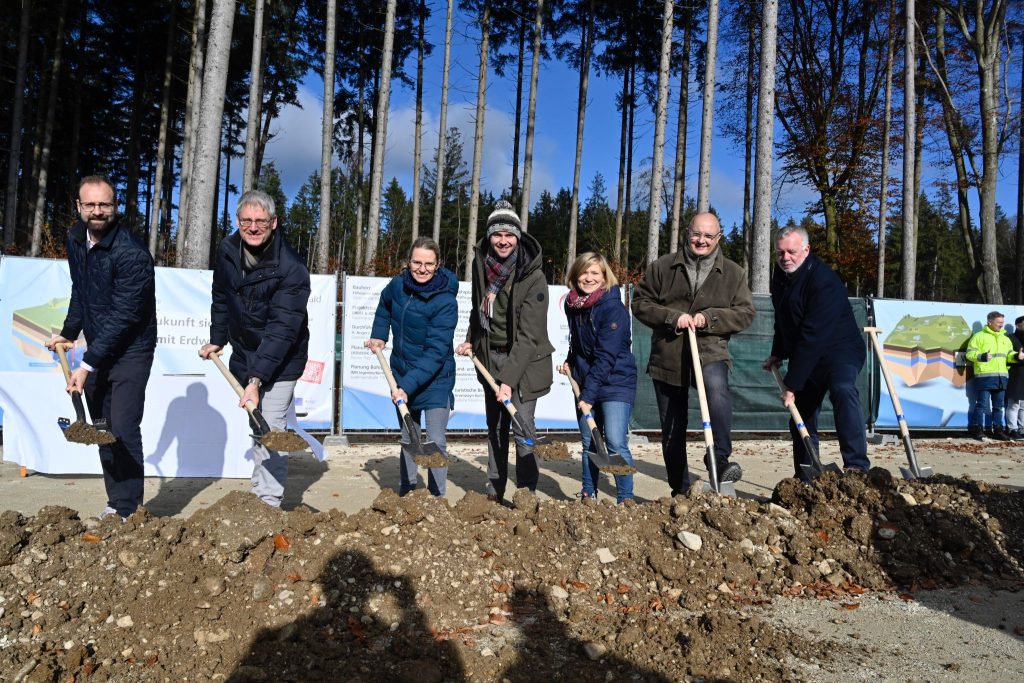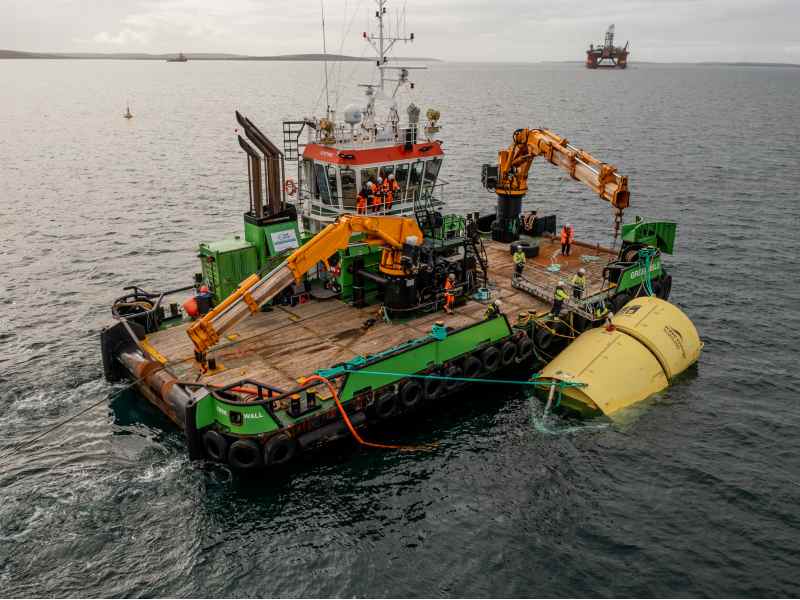
Scottish wave energy firm AWS Ocean Energy has started sea trials of its Waveswing wave energy converter at the European Marine Energy Centre’s (EMEC) Scapa Flow test site in Orkney.
Referred to as shakedown testing, the process involves ten significant lifting, marine or diving operations demonstrating the practical deployment, operation and recovery of the Waveswing device.
The shakedown testing addressed one of the key scientific uncertainties in relation to the behaviour of the Waveswing: how the device will respond to changing water depth and pressure.
The tests demonstrated a 2x ratio between change in depth and movement of the floater thus confirming the power-generation potential for the device.
Simon Grey, CEO of AWS Ocean Energy said: “Completion of this initial phase of testing is without doubt the most significant step forward yet in the development of Waveswing. These tests could not be carried out at model scale, nor could they be modelled using computers with any degree of certainty.
“The results confirm what we have hoped for in terms of performance potential. Furthermore, demonstrating the practical deployment, operation and recovery of the Waveswing is also a significant step. Getting to this stage is a tribute to the skills and commitment of the whole team at AWS, our subcontractors and the fantastic support we have received from EMEC, WES and many others.”
According to AWS, the device has now been recovered to shore for inspection before being re-deployed at EMEC’s test site.
This milestone in the development of the 16 kW Archimedes Waveswing follows successful quayside testing and preparation at Copland’s Dock in Stromness since its arrival in Orkney in late January.
Since then several short weather windows have enabled deployment of the anchor and anchor block, umbilical cable and EMEC’s test support buoy, as well as two trial deployments of the Waveswing.
When installed, the 50 tons, seven-metre high, four-metre diameter device is moored to a gravity-base anchor on the seabed using a single tension tether and sits around three metres below the surface.
The Waveswing generates energy by reacting to changes in pressure caused by passing waves. The subsea location and ability to winch low in the water column allows extreme storm loadings to be avoided so that the device can continue to operate in rough sea conditions. The Waveswing is also designed to react to long ocean swell waves as well as short, wind-driven seas, for high energy capture.
Commenting on the potential for Waveswing, Mr. Grey added, “Our current single absorber design is suitable for remote power applications such as powering subsea oilfield assets and oceanographic monitoring. However, we are convinced that the future lies in multi-absorber platforms which can achieve the scale necessary for wave power to make a significant contribution to renewable energy supplies. We expect to develop platforms hosting up to twenty 500 kW units with a potential capacity of 10 MW per platform. We are currently seeking development partners to join us on this exciting journey”.

